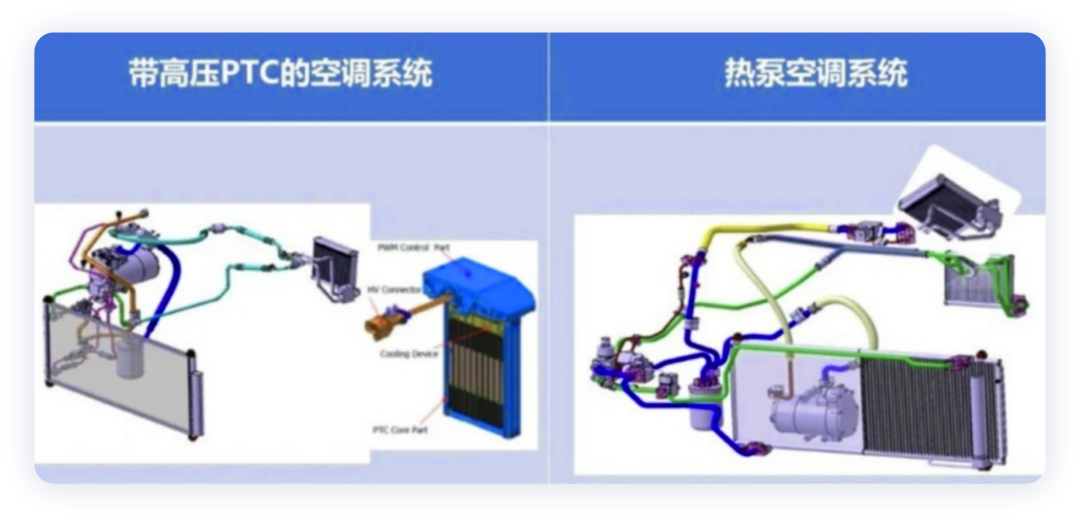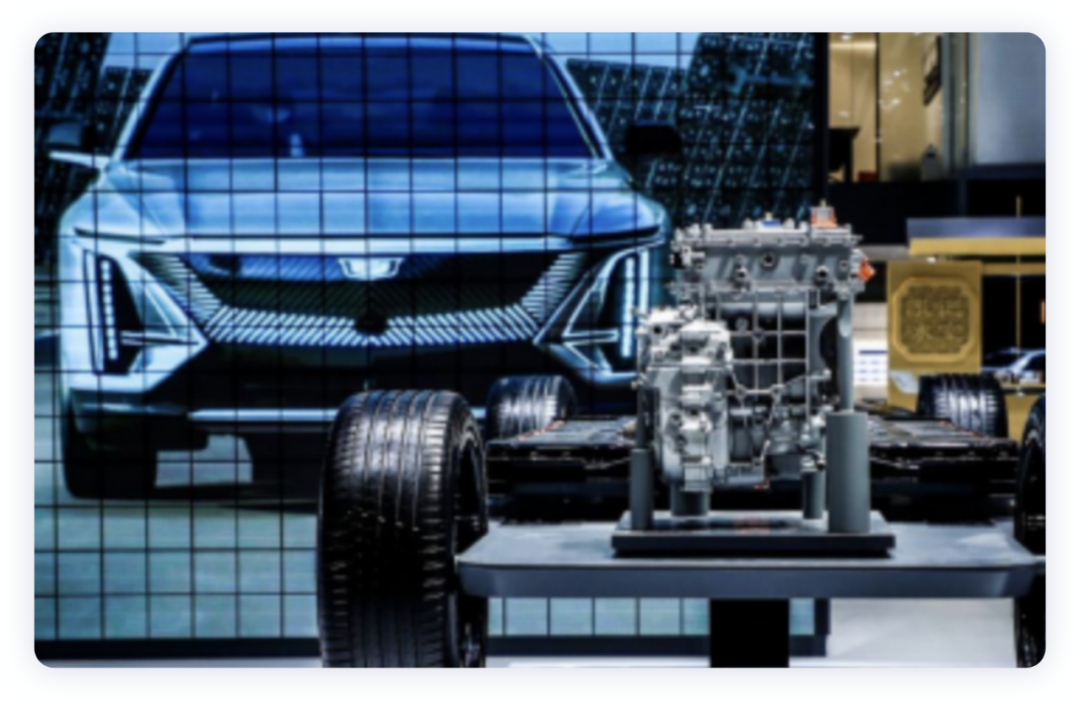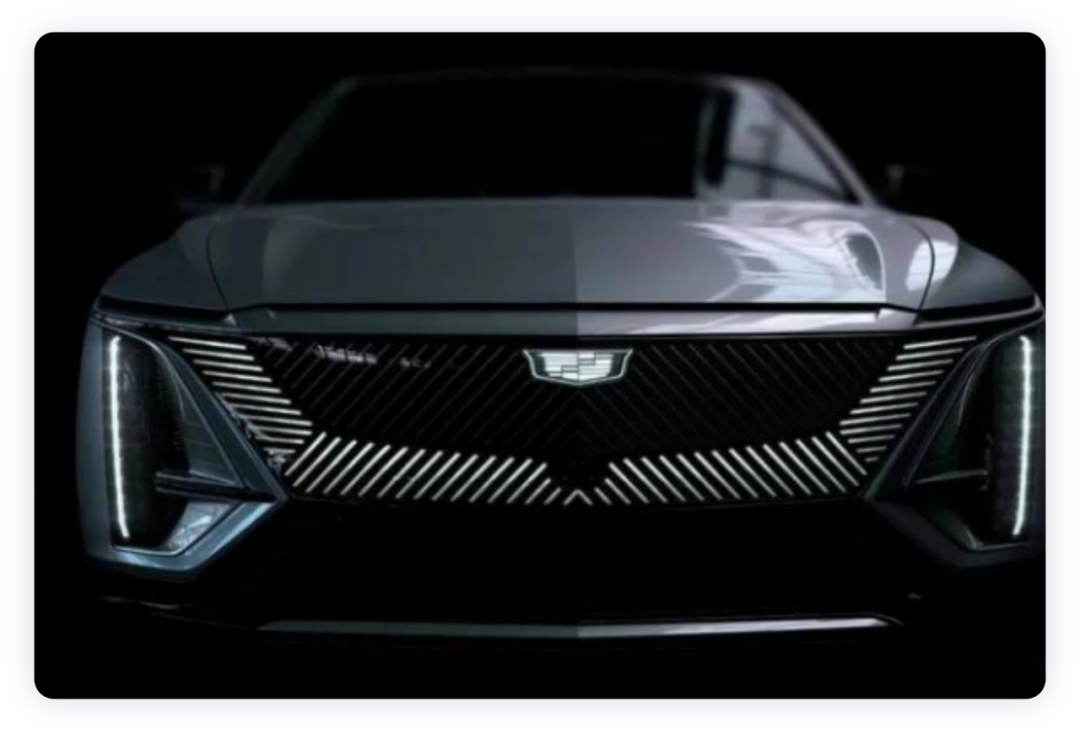Author: Zhu Yulong
The thermal management system is a blind spot or an area that many consumers do not pay much attention to. Some people who have heard of thermal management mostly only know that it exists in internal combustion engine vehicles. However, electric vehicles also have thermal management systems, which play an important role in the electrical efficiency, energy consumption, and range of electric vehicles, and can directly affect the driving experience of passengers.
For consumers who use electric vehicles daily, the thermal management system mainly plays an important role in the following scenarios.

In winter, before passengers get on the car, they usually turn on the seat heating and the air conditioner to make the cabin warm and comfortable. The speed of warm air directly depends on the quality of the thermal management system. If the thermal management system is not good, the air conditioner may not be very effective, and the passengers may feel cold, especially for children who may catch a cold. Moreover, after a while, if the energy is not managed properly, the displayed range may drop rapidly even though the air conditioner has been working for a while. This is even worse considering the low battery temperature in winter which affects the energy release.
In summer, the role of thermal management may be more direct. The main function is to cool down the cabin temperature, but the energy consumed by the thermal management system during rapid cooling is also crucial.
In fact, whether an electric vehicle’s thermal management system is good or not directly affects the efficiency of the vehicle’s electrical system, the recovery of residual heat, energy consumption, and range. These impacts will directly affect the driving experience of drivers and passengers. It goes without saying that a good thermal management system is essential for an electric vehicle.
I have had a lot of communication with engineers from General Motors. Based on the Ultium platform, the first pure electric SUV product-LYRIQ is equipped with an advanced BEVHEAT high-efficiency thermal management system, which considers the pain points of consumers. I will focus on the information I have learned about this system.
- It has high heating capacity
In northern China, nearly half of the year is in a low-temperature environment. Some people have joked about electric cars, one is complaining about the short mileage, and the other is complaining that they need to cover themselves with a blanket in winter. On the one hand, the heating system is slow, and on the other hand, the driving range will also accelerate the attenuation. For a good electric vehicle, it is necessary to solve the heating performance and energy consumption problems of the car (the biggest pain point for customers).
 LYRIQ’s BEVHEAT efficient thermal management system adopts a direct type heat pump, which performs better than the indirect type heat pump commonly seen in heating water systems. One advantage of the direct type heat pump is that it can blow hot air more quickly into the cabin, rapidly warming up the passenger compartment to reach a comfortable temperature. Based on the verified test results, when placed in a low-temperature chamber at -10℃, LYRIQ only takes 2 minutes to achieve an air outlet temperature of 45℃.
LYRIQ’s BEVHEAT efficient thermal management system adopts a direct type heat pump, which performs better than the indirect type heat pump commonly seen in heating water systems. One advantage of the direct type heat pump is that it can blow hot air more quickly into the cabin, rapidly warming up the passenger compartment to reach a comfortable temperature. Based on the verified test results, when placed in a low-temperature chamber at -10℃, LYRIQ only takes 2 minutes to achieve an air outlet temperature of 45℃.
- Can fully utilize the energy of the charging station
When connected to a charging station, LYRIQ has an intimate energy storage function in addition to charging. This energy storage function allows the vehicle to have a better state when starting and driving, providing a more comfortable and worry-free driving experience.
Specifically, when the charging station is powered on, the entire vehicle can convert the external input electrical energy into thermal energy and store it in the battery, raising the battery temperature to maintain it at the optimal level, waiting for driving; while driving, this part of the thermal energy is also used to heat the passenger compartment. Compared with pure electric vehicle models without this function, the temperature inside the car will rise more quickly, and it can also save the huge amount of electricity consumed when heating various systems during cold starts in winter. In addition, while LYRIQ is in motion, it will dynamically collect the excess heat generated by various systems in the vehicle and convert this thermal energy into a heat source for the air conditioning to send to the cabin. This helps save more electricity, and can significantly improve winter range and heating efficiency.
- Capable of intelligent self-learning
Most people who have driven an electric car have encountered situations in which they need to recharge their vehicle while on the road. At this time, if you are driving LYRIQ, you can effortlessly find and reserve a charging station. Once a reservation is made, LYRIQ’s BEVHEAT efficient thermal management system with intelligent learning function will play a key role.After successfully reserving a charging pile, the vehicle system could adjust the battery temperature based on the driver’s habits, distance to the charging pile, weather temperature, and the current vehicle status to ensure the battery temperature was within the optimal range when arriving at the charging site, ensuring maximum charging efficiency and saving charging time. This design is applicable in both low and high temperature environments, as the battery temperature has a significant impact on the charging performance; if the temperature is low, the fast charging power will decrease, and if the temperature is too high, it may damage the battery and shorten its lifespan. Therefore, an intelligent thermal management system is crucial for users, and intelligent control of the battery temperature is a critical condition for fast charging, making the driving experience more enjoyable and pleasant.
- Utilizing excellent battery insulation technology
Many new energy vehicles cannot withstand the winter test in the north, typically resulting in reduced range. However, if the battery has good insulation performance, it could better maintain stable battery temperature, ensuring winter range. The BEVHEAT high-efficiency thermal management system of LYRIQ brings battery insulation technology that minimizes the heat exchange between the battery cells and modules and the outside, with excellent insulation effect and minimum heat loss. In other words, the technology separates the battery cells from the outside world, ensuring the maximum utilization of system heat. Low-temperature tests have shown that LYRIQ could maintain the battery cell temperature at 5-10℃ after twelve hours of placement at -7℃, fully guaranteeing the normal performance of the battery. For electric vehicle consumers, this is reassuring.
In fact, these features alone already demonstrate the superiority of this thermal management system. However, what is more interesting is that the BEVHEAT high-efficiency thermal management system equipped on LYRIQ combines multiple functions and technological advantages, not only possessing high efficiency heating capacity, heat storage function, and intelligent self-learning ability but also utilizing excellent battery insulation technology, taking the driving and riding comfort of LYRIQ to the next level. The details reveal the truth, and every thermal management system of LYRIQ was carefully considered and polished based on the actual driving conditions of consumers, indicating that LYRIQ’s product strength is trustworthy.
 Summary:
Summary:
Since the birth and development of electric vehicles (EVs), their range has been continuously improving, but there are still many pain points. Winter driving can be regarded as a major pain point, so the performance of the thermal management system is particularly important in low-temperature conditions. At the same time, this is also an interesting thing. On the one hand, this is a topic that various automakers are working hard to research and develop. On the other hand, it is closely related to consumers’ pure electric travel experiences. Based on the information I have now, the BEVHEAT efficient thermal management system equipped in the Cadillac LYRIQ can be described as “advanced” compared to other pure EVs. In summary, it can intelligently meet consumers’ direct demands for all aspects of the vehicle system.
This article is a translation by ChatGPT of a Chinese report from 42HOW. If you have any questions about it, please email bd@42how.com.
